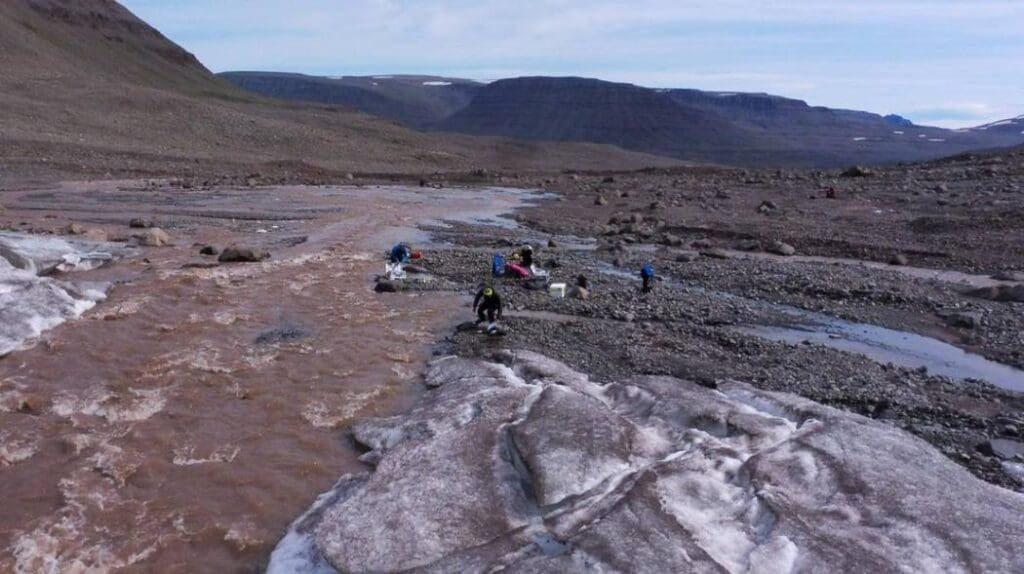Fair pay policies are widely implemented while mental health services and non-discrimination policies are lacking.
PLOS – More than half of laws and policies on healthcare workers’ rights align with international standards, according to a study published in the open-access journal PLOS Global Public Health by Matthew Kavanagh from Georgetown University, U.S., James Campbell from the World Health Organization, Switzerland, and colleagues.
As the COVID-19 pandemic unfolded, healthcare workers were at the forefront to stem the tide, often putting their own health at risk. Inadequate infection control measures and insufficient access to personal protective equipment (PPE) placed healthcare workers at high risk of infection, and being around high levels of pain and suffering coupled with long work hours contributed to a severe mental health burden.
As a response to these challenges, in 2021, WHO developed a global health and care worker compact to guide countries on protecting healthcare workers’ rights and promoting safe work environments.
The Care Compact focuses on four domains: preventing harm, providing support, ensuring inclusivity, and safe-guarding rights.
While the compact itself is not legally binding, much of the international legal framework that it is based on is.
In this study, researchers analyzed national law and policy environments on healthcare workers’ protection and rights across 182 countries to determine how well current national laws align with the Care Compact.
Out of 1,262 laws and policies identified, 62% aligned with international legal standards. Areas with high degree of alignment included fair and equal pay and occupational health and safety (93% and 70% of countries aligned, respectively). Many countries have minimum wage and regulate working hours for healthcare workers as well as require access to protective equipment and supplies.
The study also highlighted several areas that need improvement. For example, while nearly 70% of countries provide health services for healthcare workers, only 20% include mental health services. In addition, 16% of countries have comprehensive prohibitions against workplace discrimination, and 40% do not have any non-discrimination workplace protections.
The study provides a first look at how human and labor rights of healthcare workers have been incorporated into law. It identifies opportunities for law reform to protect the rights and well-being of healthcare workers, which can ultimately improve healthcare systems and health outcomes.
Dr. Matthew Kavanagh, director of the Center for Global Health Policy and Politics at Georgetown University’s O’Neill Institute and School of Health, adds: “This study shows the need for law reform around the world – to protect the rights of those providing the health and care work we depend on, and to improve health worker retention and their effectiveness in health and care systems around the world.
“By tracking and comparing laws around the world, we hope to help governments learn from their neighbors about using law as a tool to improve population health.”
Journal Reference:
Kavanagh MM, Radakrishnan A, Unnikrishnan V, Cometto G, Kane C, Friedman EA, et al. ‘Laws for health and care worker protection and rights: A study of 182 countries’, PLOS Global Public Health 4 (12): e0003767 (2024). DOI: 10.1371/journal.pgph.0003767
Article Source:
Press Release/Material by PLOS
Featured image credit: Freepik




